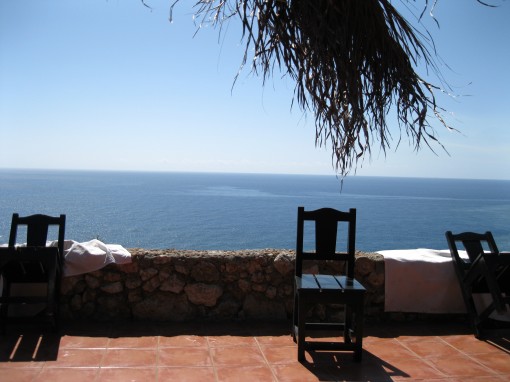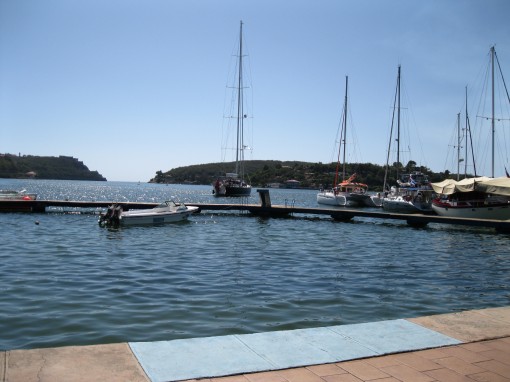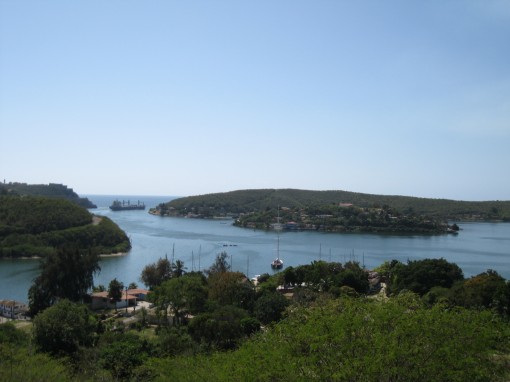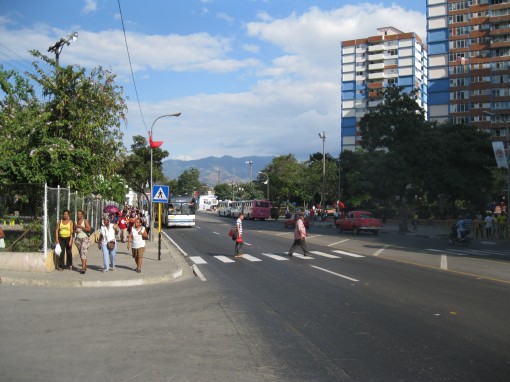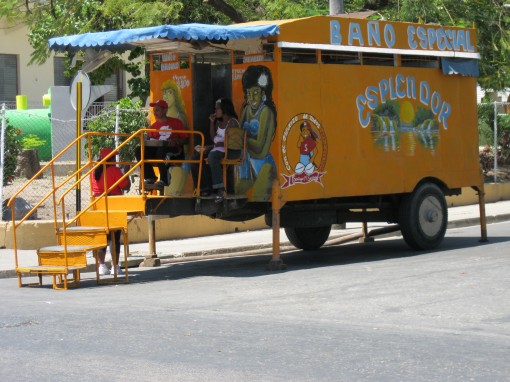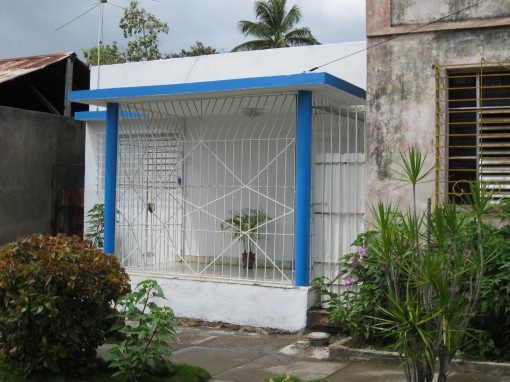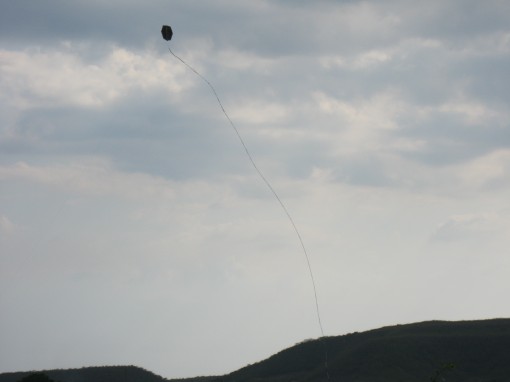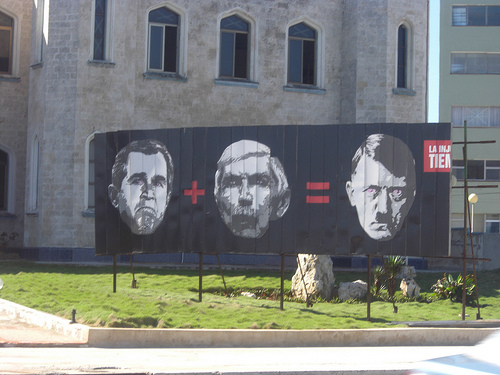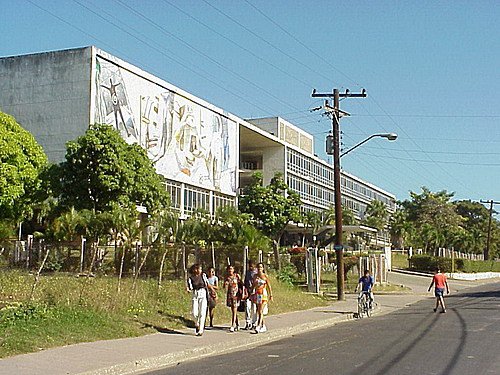
Quintero Campus of Universidad de Oriente
At the end of December I went out to Santiago de Cuba with the intention of studying Spanish for three months at the University of the Orient. I have previously described my trials and tribulations in getting my student visa and actually finding out where the classes were (here).
I was assessed as being at an intermediate level and was placed in a class with two retired Italian guys, who had been studying for a year and a half already. They were both studying four hours per week, each Tuesday morning at the Quintero campus of the university. I wanted to study for more hours, so it was agreed that I would have one to one tuition on a Thursday morning as well.
The teacher was excellent, very patient and very enthusiastic. We had an air-conditioned classroom, with a modern computer, that did not work. The teacher had one course book, of which she was a co-author, but no other copies for the students. There was a whiteboard, but the pens barely worked and it was almost impossible to read anything that was written there.
This continued for the next two weeks, during which we were joined by two other students, a young guy from the Czech Republic and a young woman from Germany, who was studying psychology as part of an exchange programme. We were then advised that our teacher (the only good thing about the course) was leaving us to go and work in Venezuela for a year.
We then had a new teacher, in a different campus (Antonio Mella), new classrooms (we didn’t have a regular one, but had to meet outside the office each morning to be advised where we were studying), a new course to follow (but still only one copy of the book) and were joined by two new students, young Canadian women who were studying there on an exchange programme. The new teacher was equally as good as the last and the good news was that the new classrooms sometimes had blackboards instead of whiteboards and the teacher had some chalk.
The two Canadians were part of a group of about twenty and were the only two who had been assessed as advanced. This meant that I had progressed from intermediate to advanced level in three weeks. I had not been aware that my progress had been so spectacular.
The Canadians were doing two hours per morning, from Monday through to Thursday, so I had to change from a two-day week to a four-day one. The other students came when they wanted to, which ranged from once in two months for the Czech guy, to twice a week for the eldest Italian after he had been absent altogether for a couple of weeks. I was the only student with a 100% attendance and punctuality record, but as nobody kept any record of this, nobody will ever know.
After two weeks of the new arrangements, our teacher advised us that she would now only teach us on Mondays and Wednesdays; we would have a different teacher for Tuesdays and Thursdays. This new teacher was also very good, but worked to yet another course book (of which, of course, there was only one).
Did I learn much in my three months? Because the course did not actually start until January 18th, I only studied for about eleven weeks. It would be impossible to spend that long in a Spanish speaking country and to attend that many lessons and not improve my Spanish speaking skills. I have widened my vocabulary and learned some new grammatical tenses.
However, after that many lessons I would really have expected to have learned a lot more. I think that something as simple as having my own text book to follow would have helped me greatly and enabled me to learn more. For me to learn a language I need to see it, hear it and say it. However, without a text book and often without the ability to read from a board, one of the three senses was not being utilised. I would gladly have paid the cost of a book. It would also have been good not to have had two changes of teacher and to have followed the same course.
However, despite all of its shortcomings, my intention is to return in October and resume my studies. Studying in a Cuban university, with its lack of resources and poor organisation, is a challenge. However, the staff are very enthusiastic and very keen to help you learn. It is a great opportunity to learn what life in a Cuban city is really like.Santiago de Cuba is a great city and I cannot wait to return.
A friend of mine is studying Spanish at the university in Havana. His course sounds very different – properly structured; the students have books; and they are expected to attend classes. So if studying the language is your primary purpose, Havana would probably be best. For me, I will stick with the chaotic yet relaxed ways of the Oriente.
